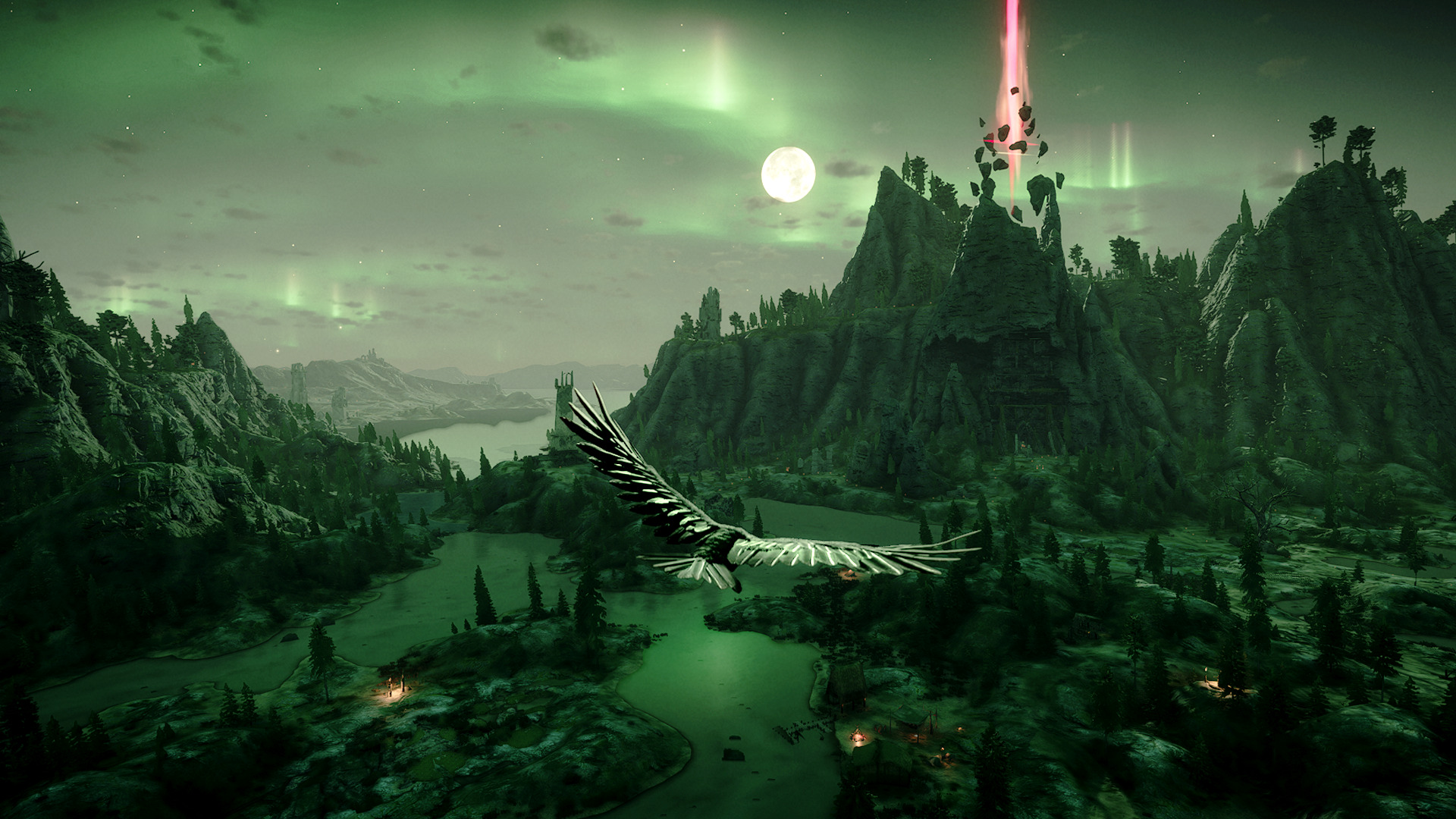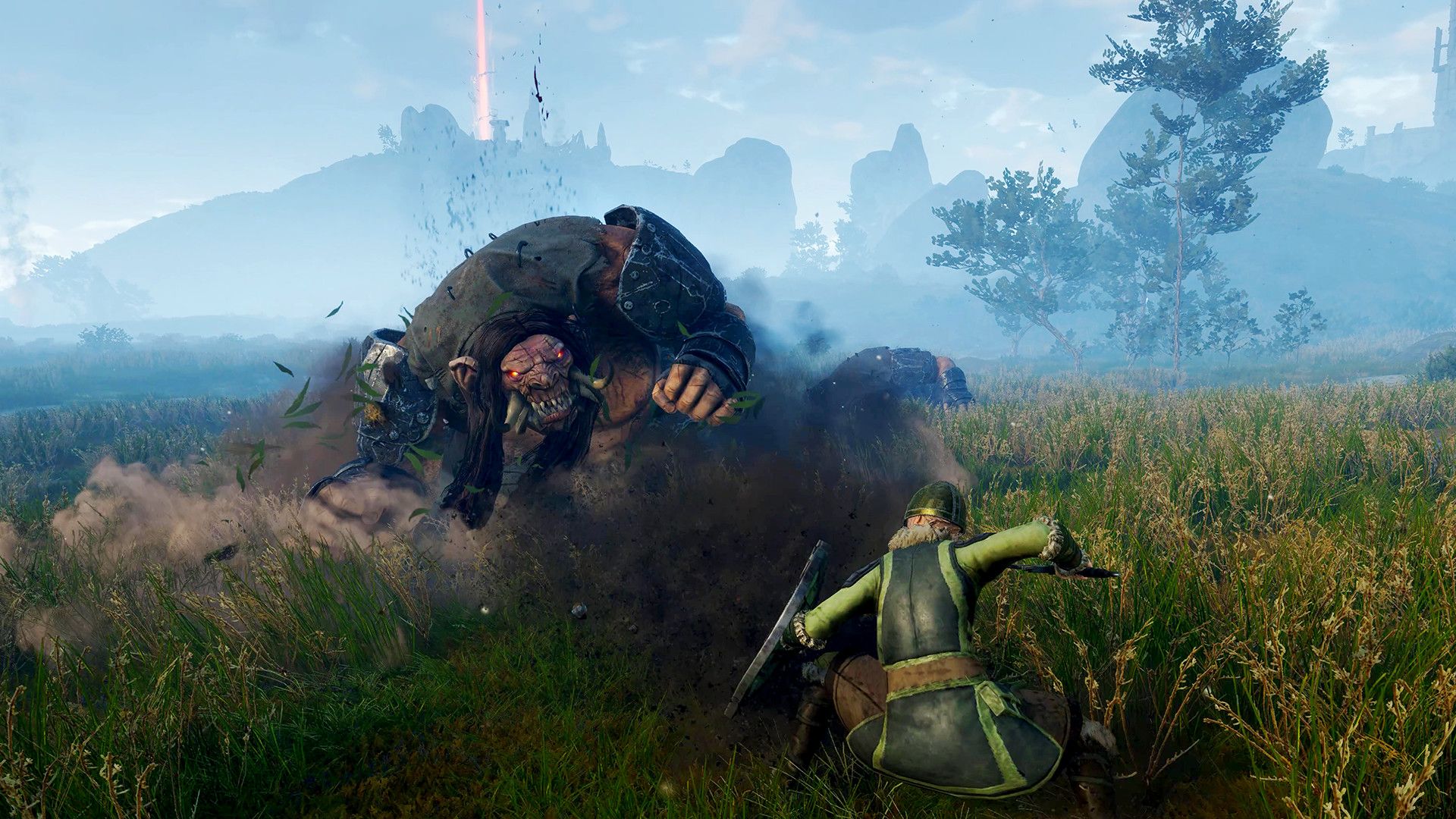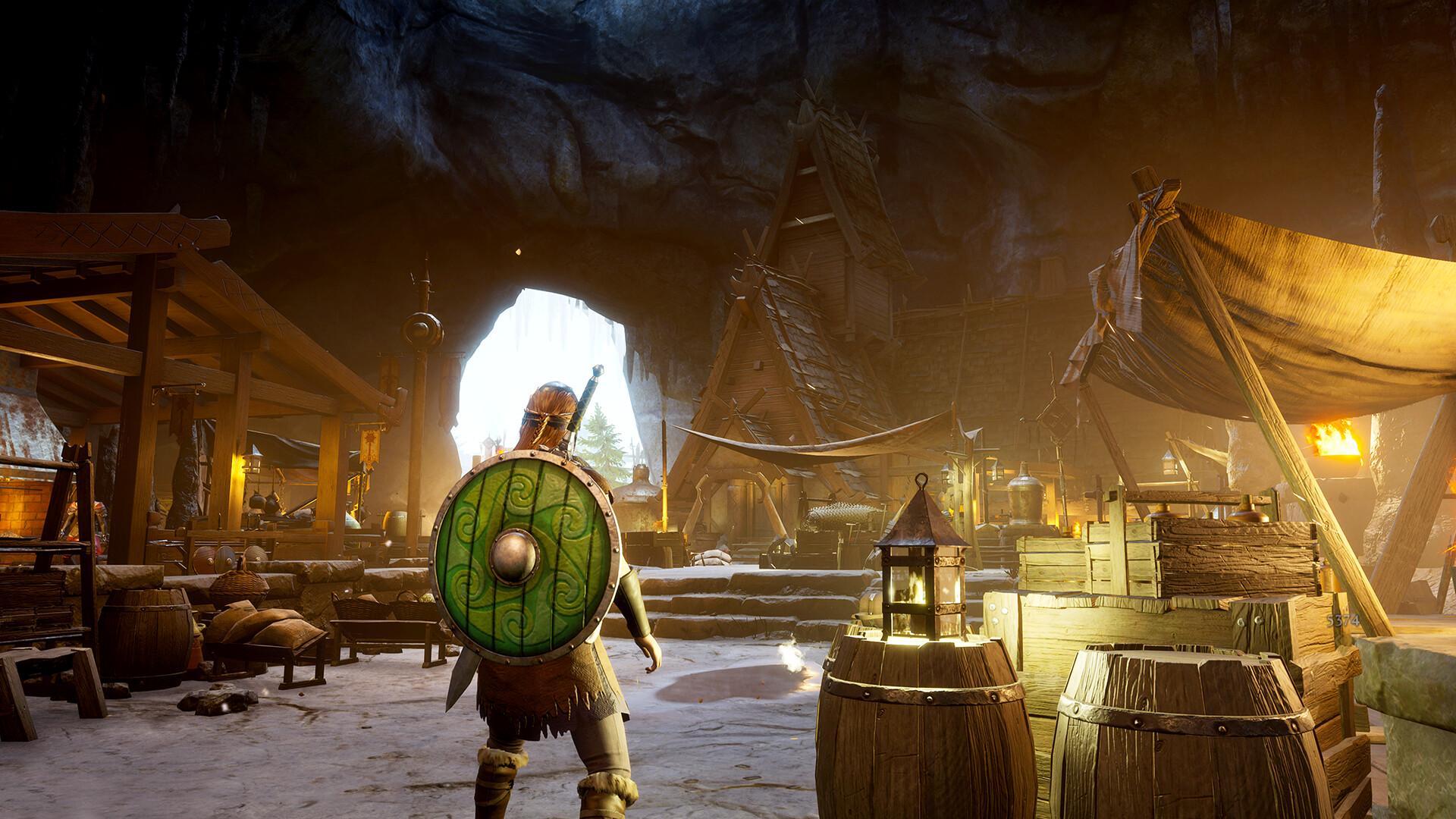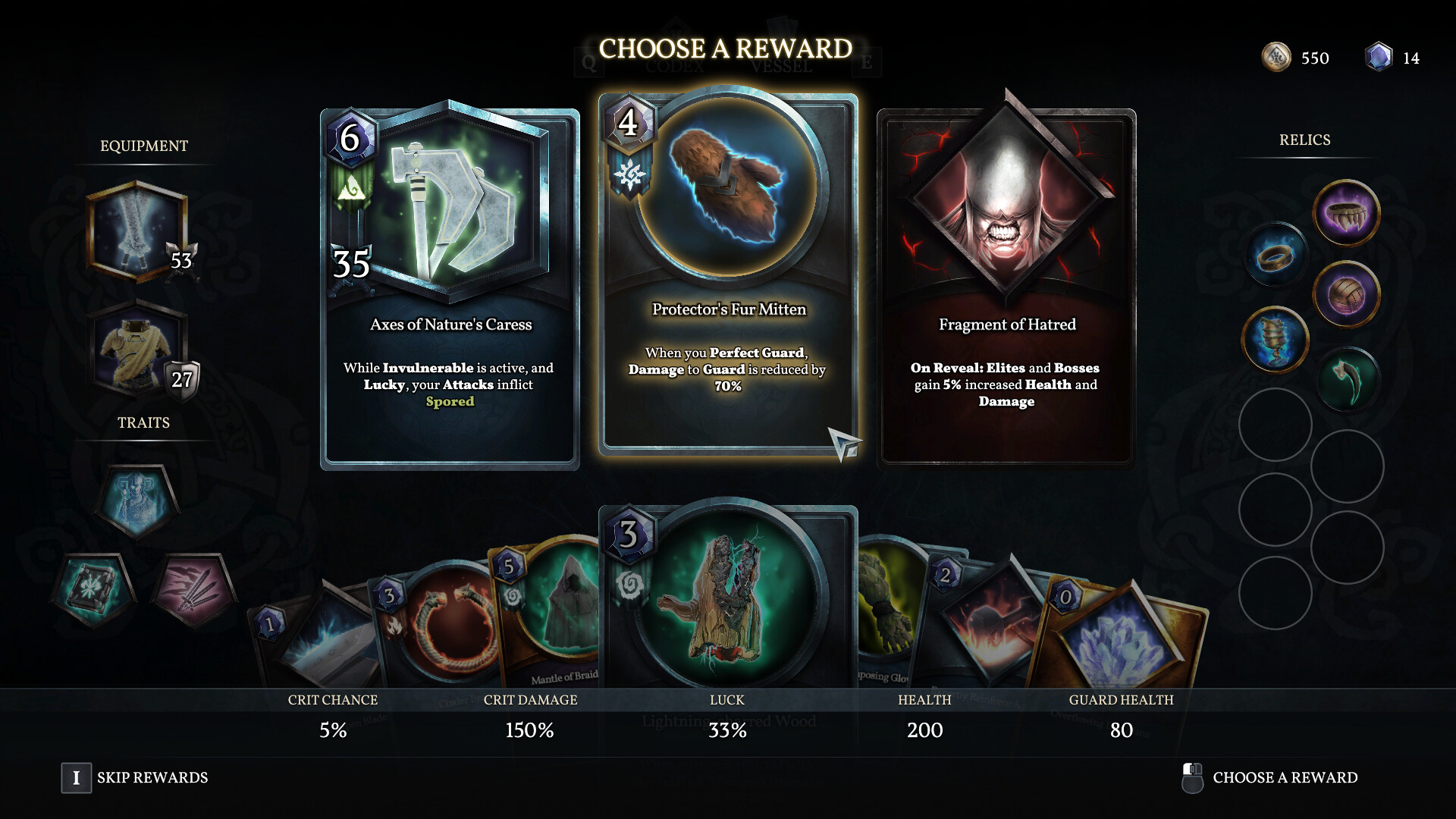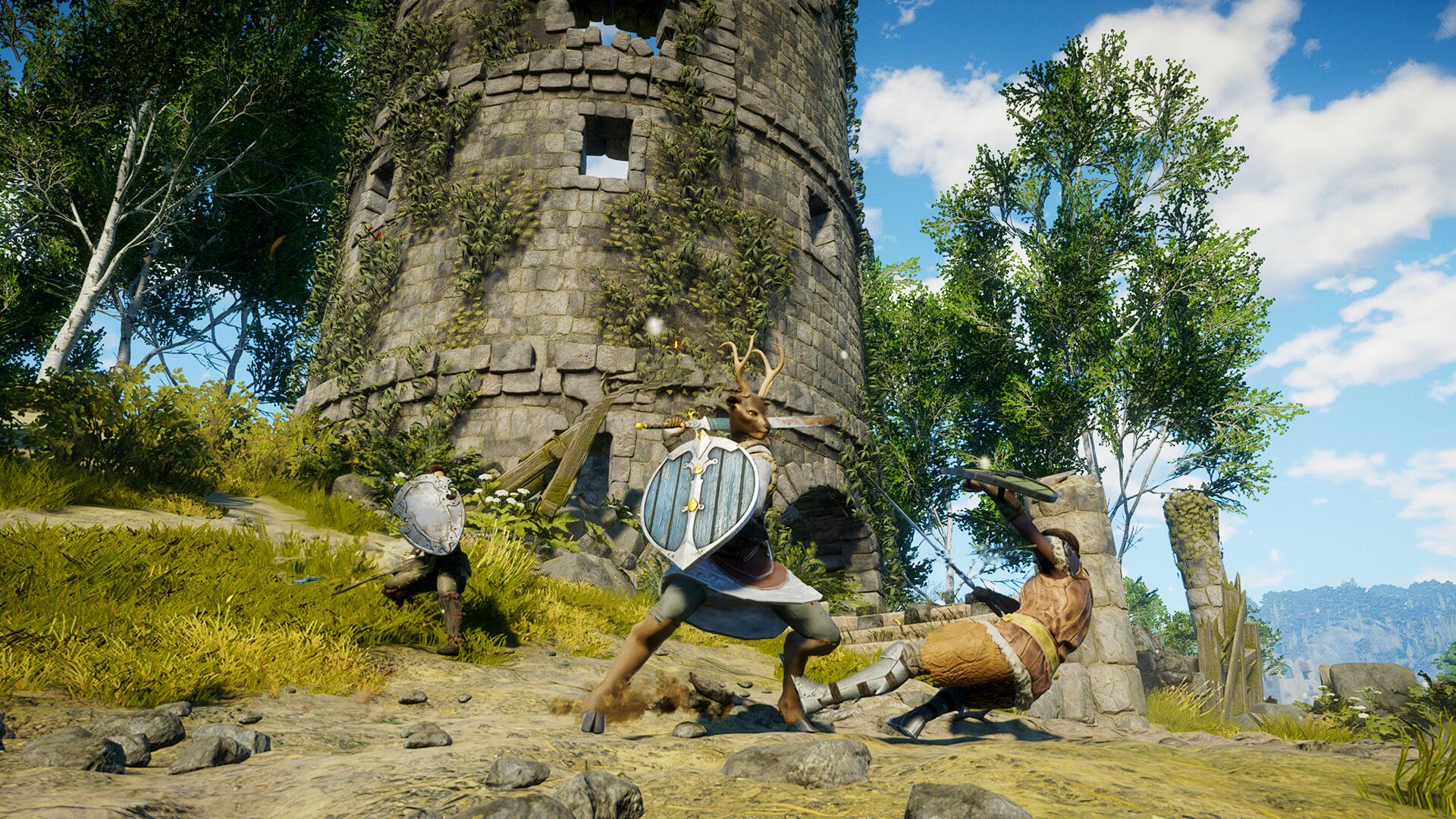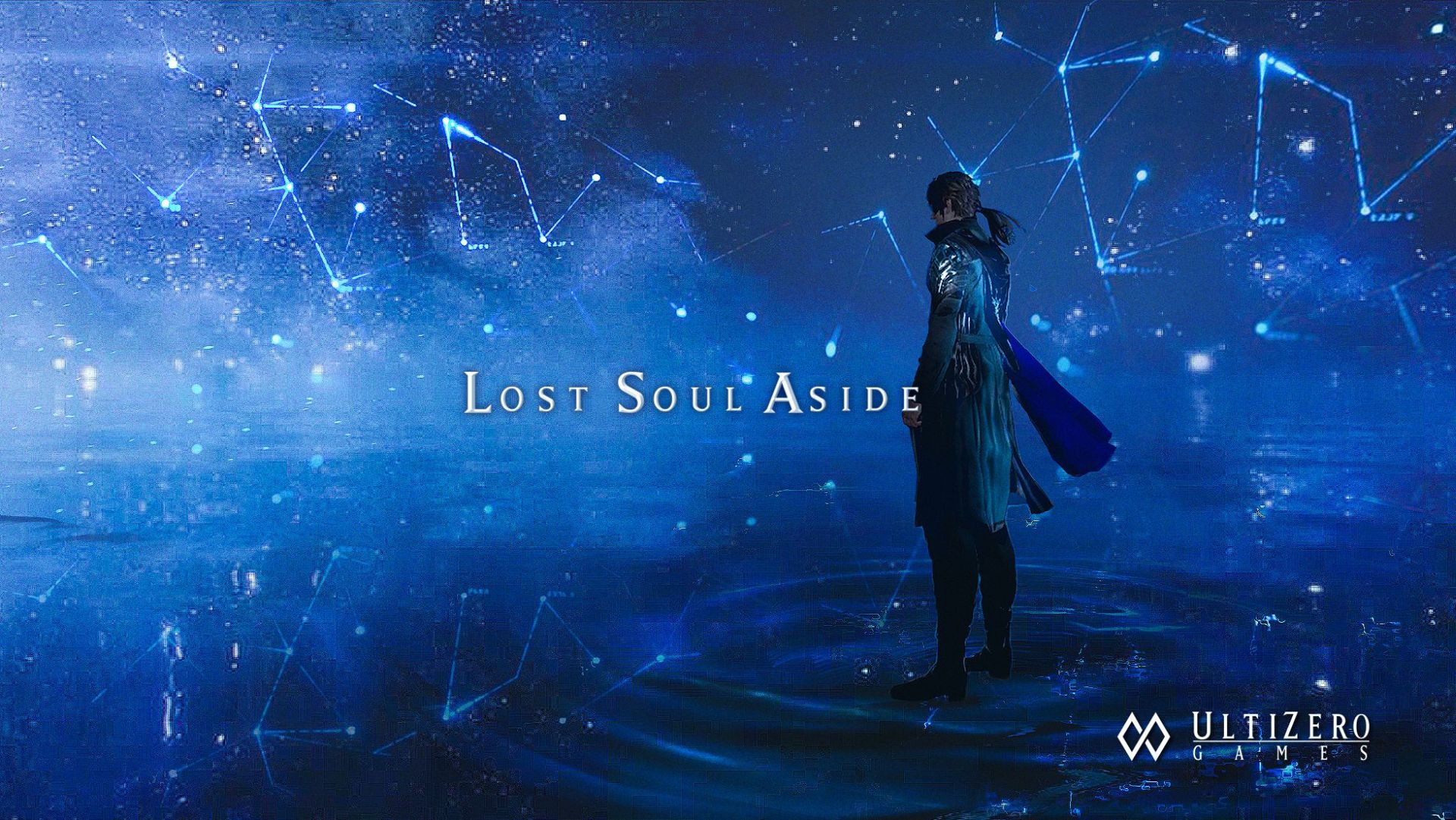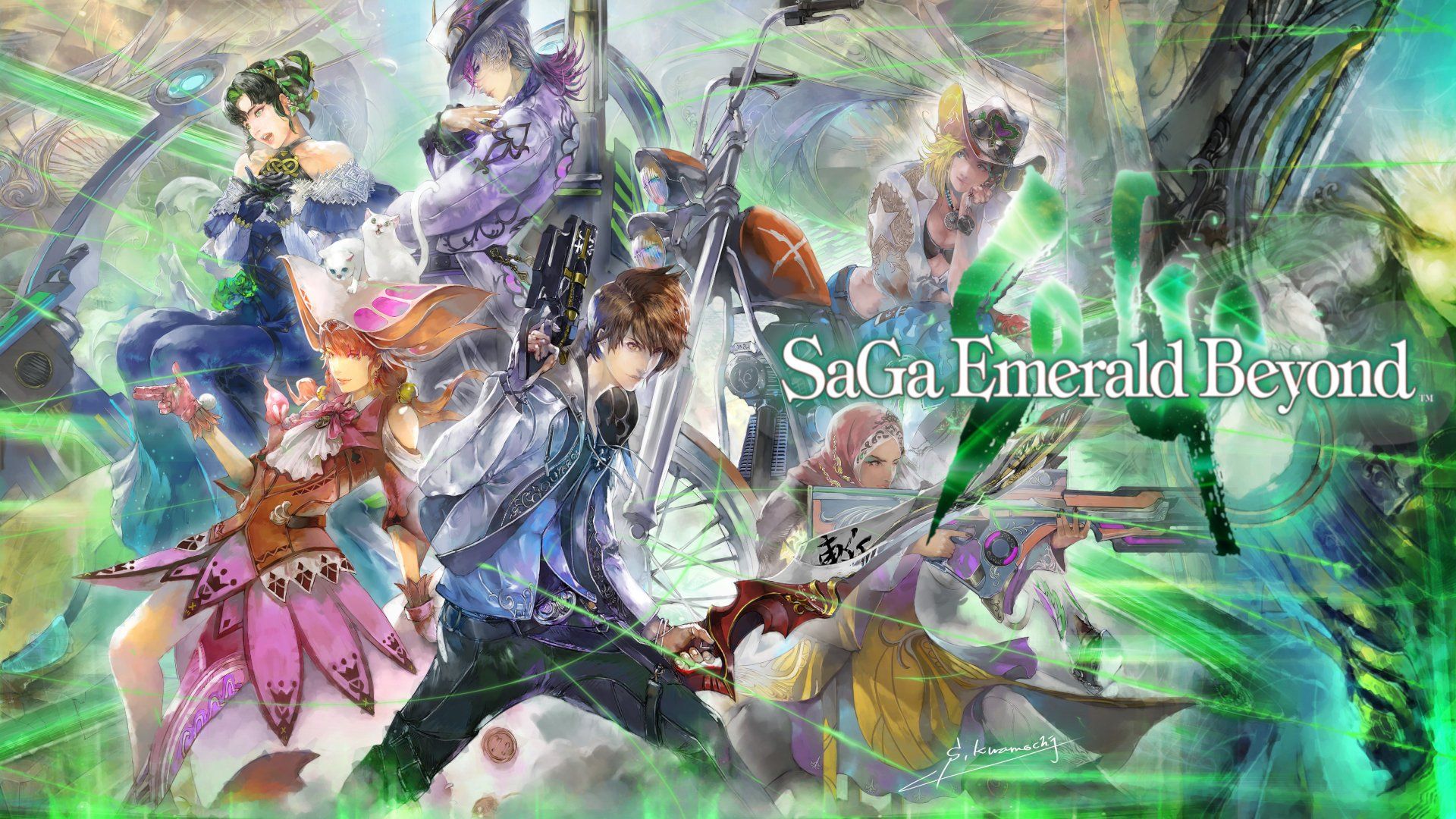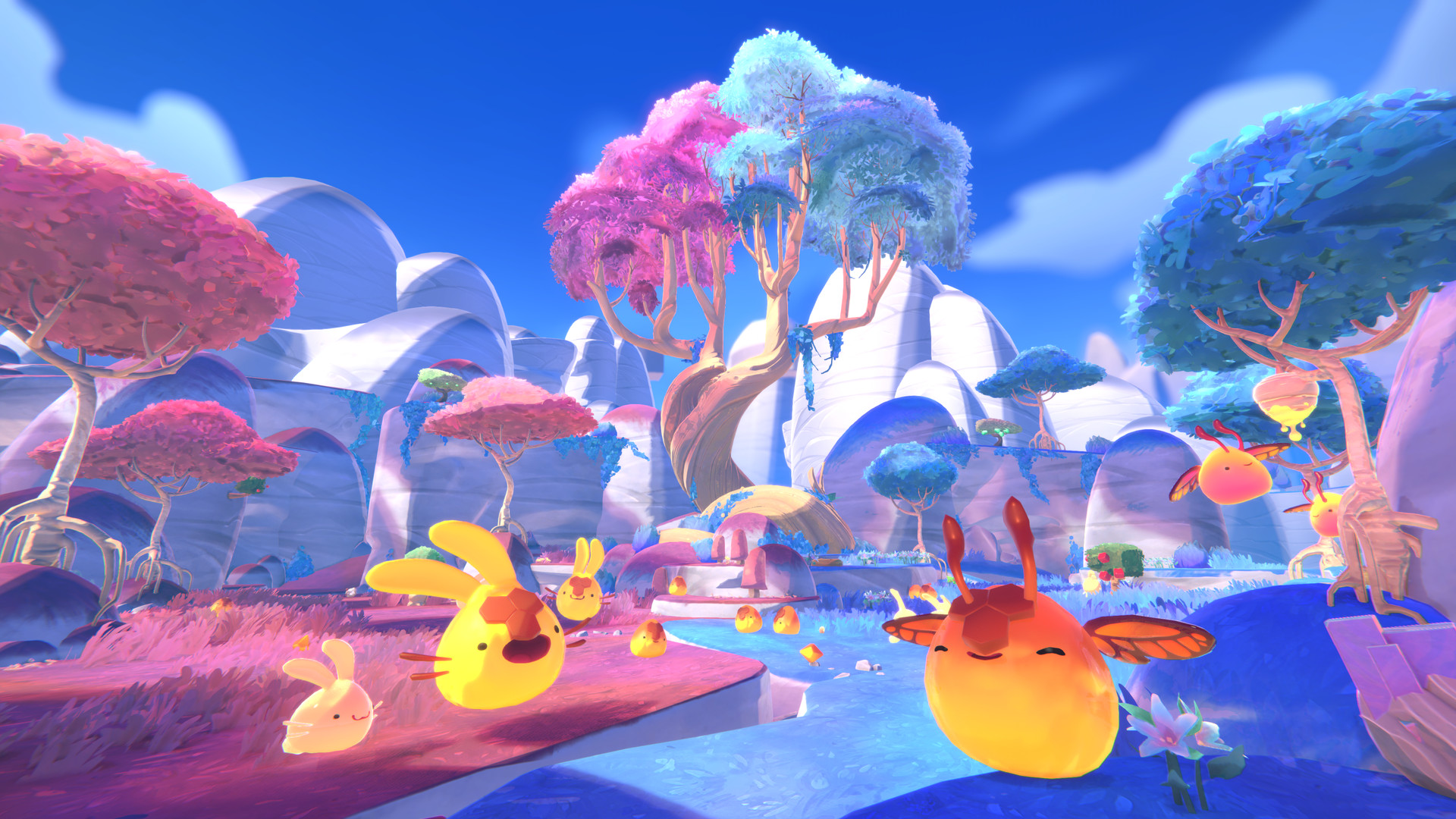I wanted to like Ravenbound. A 3D open-world rogue-lite based on Scandinavian folklore, a descendant system like Rogue Legacy – from the very outset, it sounded amazing. Developed by Systemic Reaction of Generation Zero infamy, it’s pretty ambitious. There’s a sprawling open-world island to explore, dotted with points of interest and teasing you with the freedom to conquer them.
The execution begs to differ, though. Even as your wings spread out en route to fighting the final boss, the technical issues, combat, and world design threaten to weigh it down into oblivion.
"The goal of Ravenbound is to explore Avalt, gaining different equipment and Relics and becoming stronger to challenge an Ellri’s Guardian and gain their Blessing."
And that’s a shame because Ravenbound is interesting. The art style may not be to everyone’s taste, but it’s colorful while creating a sobering effect. Character models aren’t realistic and feel kind of limited with their animation, but the surrounding environments are nice to look at. This isn’t a game trying to wow you with its visual fidelity, so much as establish a mood and atmosphere to immerse you further into its world.
Until music blares in just as suddenly as it blares out, or the environment strobes ever so slightly while running away or becomes a visual mess when activating Ravensight while it’s raining or snowing.
Set in Avalt, a fantasy island, the story concerns the Ellri, who brought prosperity until betrayed by their sister (named, um, the Betrayer). They created the Raven, a mystical creature of immense power that could defeat the Betrayer, but were exposed during the ritual and subsequently imprisoned in Tombs. As a result, the Raven’s power is incomplete, and it must occupy a Vessel and grow its strength.
This sets up the process of choosing a random Vessel with unique starting traits, which expand as you complete challenges and unlock more with accumulated Legacy. You start as a Human, who can drain cards for Coins, but eventually unlock the Ulvar that drains cards for extra damage or the Simlar, which can do so for more Mana. The goal of Ravenbound is to explore Avalt, gaining different equipment and Relics and becoming stronger to challenge an Ellri’s Guardian and to fight the Betrayer.
"You have three Fragment slots – collect three Fragments, which is done by slaying enemies, and you can Empower them to gain a choice of three cards."
When you soar into the world of Avalt and fly around, there are numerous points of interest to explore. You can go pretty much anywhere, but you can’t just fly whenever. When landing and reverting to Vessel form, you must find the nearest launch pad to turn into Raven form and fly again. It’s tedious but also a sign of things to come.
Regarding Vessels, you have next to no choice in the early going. Rogue Legacy offsets this by making the first new classes relatively cheap and throwing in some interesting genetic quirks. Ravenbound’s Vessels get a Sword and Shield and then gradually Dual Axes, some armor, and either increased critical chance when Frenzied or more armor for their armor, which makes the early going rough.
When entering the world through a regional door, there are two waypoints. One leads to the town, where a sidequest – singular, not plural – awaits. Another leads to the region’s Tear of Hatred, which you must purify. You have three Fragment slots – collect three Fragments, which is done by slaying enemies, and you can Empower them to gain a choice of three cards.
These cards can range from better armor and weapons to more Mana, used to play said cards, Relics that confer different effects, Coins and even additional Relic Slots. More cards unlock as you fulfil certain conditions, like clearing a Tomb X number of times. They can provide powerful benefits, like Dawn’s Rot which consumes all of your Focus with an attack to deal 700 percent increased weapon damage, or Vined Amber Goblet, which inflicts Spored on nearby enemies when using Surge.
"While there is a huge world to explore, Hatred drastically reduces your choices. Better hope you get some decent cards from the freebies and don’t run into some particularly powerful Elites that can quickly destroy you."
Unlocking each card provides a goal to strive for over multiple runs. They’re also tied to a specific Fragment element, of which there are five. So you can farm enemies with those specific elemental Fragments in the hopes of getting a specific weapon or item drop or even specializing in certain types of damage. There’s still RNG to deal with, and based on my experience, it can go either way. Of course, that’s not the only issue you’ll have when getting geared.
It’s highly advised to go for the Tear of Hatred first because in Ravenbound, any attempts to gain power – like collecting Fragments, opening chests and so on – grants Hatred. Empowered too many Fragments? One of your slots is permanently locked due to Hatred, resulting in fewer card choices. Opening a chest in a corrupted area? You absorb a slot’s worth of temporary Hatred, which only goes away when Empowering Fragments, further reducing your card choices, and you gain some permanent Hatred.
Each permanently locked slot of Hatred grants five percent more damage to bosses and Elite enemies. So while you may or may not become stronger, your toughest foes are scaling up. It’s all the more annoying with Elites because they have the best loot and usually attack in groups of two or three. Now imagine dealing with that when they deal more damage and take longer to die relative to your mortality.
Clearing a Tear of Hatred lets you explore the space around it without fear of Hatred from the surrounding points of interest (while also granting free Mana to play any cards found). However, these are fairly limited in their rewards. Past that, everything else is corrupted. So while there is a huge world to explore, Hatred drastically reduces your choices. Better hope you get some decent cards from the freebies and don’t run into some particularly powerful Elites that can quickly destroy you.
"Go to the Tear of Hatred, cleanse it for free Mana, and some non-corrupt loot nearby. Go to the town and take a side quest for some Coins. Empower Fragments and maybe get stronger. Repeat."
Also, there’s no map, so if you have to go to town to heal and come back to clear out the remaining non-corrupt sites near a purified Tear, it can take a while to find them. The waypoint for the Tear also disappears after it’s purified, presumably because more than two waypoints at a time is difficult for the engine to handle.
There is a way to sort of “game” the system by locking one of your slots with permanent Hatred, thus reducing the number of Fragments required to draw more cards. By collecting Aspects of Hatred from corrupted chests, you can essentially pick up a Fragment, roll a new card, cleanse the second slot, pick up another Fragment, collect the chest loot and repeat this process in another location. However, your card choices are still limited and RNG-based, while the Mana is limited. Some chests grant Mana, but you’ll need to seek them out.
When you’ve Empowered enough Fragments, you can tackle a Guardian that’s keeping an Ellri captive. Defeat the Guardian, and the Ellri cures your active Hatred. You’re then sent back to the starting tower and can choose a different door in future runs, starting you out in, say, a rocky plateau and desert region or snow-covered mountains, instead of the initial forest. It’s a lackluster reward, but at least you’ve completed some Challenges, earned some Legacy to unlock more Traits like new weapon types and races for future runs, and encounter more diverse Relics.
However, you’re still bound to the same gameplay loop. Go to the Tear of Hatred, cleanse it for free Mana, and some non-corrupt loot nearby. Go to the town and take a side quest for some Coins. Empower Fragments and maybe get stronger. Repeat.
"It’s all just fighting. No mini-games, timed platforming challenges, puzzles, NPCs with riddles, fishing or more than one side quest per region to mix up the gameplay."
It’s even more monotonous because there isn’t much variety to the points of interest – every single one involves jumping in and killing enemies. The enemies become more varied over time, from Huldra and Draugr to Trolls, and they do have different, albeit simple, patterns.
You also start seeing random chests and groups of enemies with banners near launch pads, preventing you from flying away until they’re cleared. But it’s all just fighting. No mini-games, timed platforming challenges, puzzles, NPCs with riddles, fishing or more than one side quest per region to mix up the gameplay. That side quest also involves killing, by the way, so it’s fairly moot.
There is some lore on stones and sites to discover that confer some Legacy, but the world feels pretty barren most of the time. The towns desperately need more upgrades outside of spending Coins for a random assortment of cards, healing and buying weapons. More personalities among the NPCs would also be welcome, and instead of constantly returning to a town to heal, it would be nice to have some portable healing solution that could be replenished.
"As a whole, combat is very spammy. Using a Guard to down enemies, or assailing them with charged Heavy attacks can feel good, but it gets repetitive."
Since combat is a core component, it has to be on point and well done. It has to encourage you to return for more. Ravenbound’s combat is very hit-or-miss. You have the standard Light and Heavy attacks, and both can be charged to deal more damage to break enemies and stagger them. You can also guard against attacks, which is more like a parry and become temporarily invincible if performed right, or evade an attack at the last second to become Frenzied for a damage bonus. There’s also Surge, gained by attacking enemies, and when activated, it also provides a brief damage bonus.
When taking damage, you’ll have a grey area of health which will deplete after some time. Damaging foes will restore that missing health, so picking up a Relic which increases the window that grey health remains is good.
Other Relics, Equipment and Traits can provide unique effects, like a well-timed Guard inflicting Weakness and Bleeding on an enemy, reducing their overall attack power and applying damage over time status. Of course, you can’t just guard against enemy attacks forever since there’s a minimum amount of guard health. Once that runs out, you’re left vulnerable for a brief period.
As a whole, combat is very spammy. Using a Guard to down enemies, or assailing them with charged Heavy attacks can feel good, but it gets repetitive. Two-handed weapons like the Longsword are slower, dual-wielded weapons are faster, and that’s more or less it. More mechanics are desperately needed, ideally without being at the mercy of RNG cards.
"Optimization needs some work, even when running the game on Medium settings, and there’s quite a bit of pop-in."
Of course, the combat can also be quite spotty. Sometimes you’ll dodge at the right moment and still take damage. Other times, you’ll Guard but not stagger an enemy because their attack actually didn’t connect, despite visibly appearing so.
As noted earlier, the enemy types can be pretty varied, even though their patterns are very basic. Expect a lot of jumping slashes, whether dealing with humans or creatures. At least the Guardians feel unique, having distinct attack patterns and phases despite not looking that different from each other.
There are also bugs. Some NPCs in towns would suddenly turn invisible, though they could still be interacted with. Optimization needs some work, even when running the game on Medium settings, and there’s quite a bit of pop-in. Weapon audio just randomly became muted at a point. Some Huldras dealt lightning damage at the beginning of a new run, which is apparently not supposed to happen, and quickly killed me.
The game is stable enough, for the most part – I only experienced one crash back to the desktop during a fight. The camera can also be finicky, having difficulty staying locked on Guardians during boss fights while not moving away from some Trolls I was trying to escape from, which felt awkward given my low health.
" I just remembered there’s a janky grappling hook, such is its impact on the gameplay."
As I said at the beginning, I wanted to like Ravenbound, and there are certain endearing things about it. Alas, it’s just a list of “could’ve” and “should’ve”. The Hatred system could have been a fun risk and reward mechanic. Combat should have been a fun amalgamation of dodging, parrying and slashing. The world could have been full of life and unique secrets to uncover. I should have been able to fly anywhere at the drop of a hat.
Instead, I just remembered there’s a janky grappling hook, such is its impact on the gameplay. Unless grappling up mountains is a game-changer for you, that is.
Ravenbound could still very well live up to its potential as a rogue-lite-hack-and-slash-meets-3D-open-world. However, its combat, world design, enemy variety, Hatred system, towns, NPCs, performance, environmental effects and more still need some serious work, and that’s before adding any new mechanics or variety to the gameplay.
This game was reviewed on PC.

 1 year ago
97
1 year ago
97
